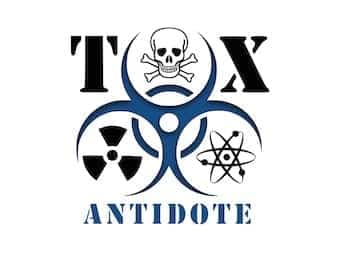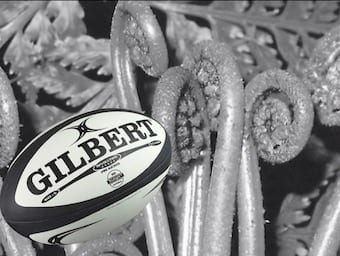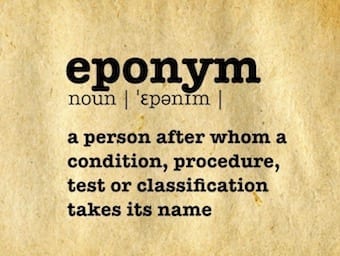
Penicillamine
Potent oral chelating agent for a broad range of heavy metals. Agent of choice in very few scenarios due to poor side-effect profile and the existence of better tolerated and more efficacious agents. If possible EDTA or Succimer should be used instead.






